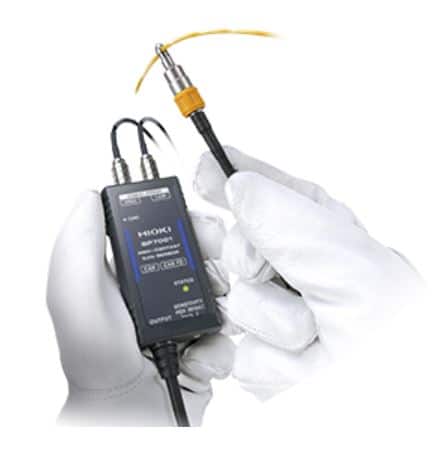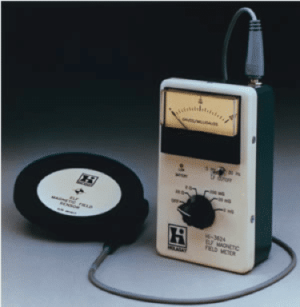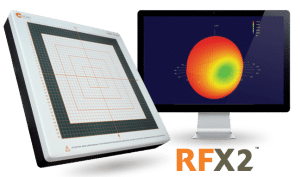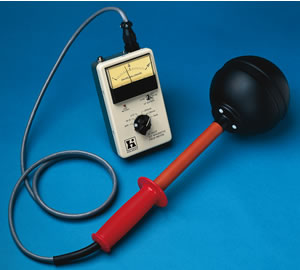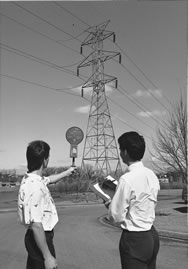SP7001, SP7002 NON-CONTACT CAN SENSOR
The SP7001 and SP7002 are CAN and CAN FD signal sensors that use non-contact technology to accurately capture CAN bus signals necessary for vehicle and next generation equipment evaluation and development. Improve testing productivity and efficiency by eliminating the need to peel away cable insulation or use a sub-harness that is traditionally required to obtain signals.
Basic specifications
| Detection method | Capacitive-coupled signal detection *No bare-wire connections |
|---|---|
| Detectable cables | AVS/AVSS-compliant cables, External diameter: 1.2 mm (0.05 in) to 2.0 mm (0.08 in) |
| Number of channels | 2 (SP7100) |
| Compatible communications speeds | SP7001, SP7002: CAN 125 kbit/s to 1 Mbit/s SP7001: CAN FD 125 kbit/s to 3 Mbit/s |
| Total delay time | 130 ns (typical) |
| CAN terminal resistance | 60 Ω (typical), built-in |
| Signal output connector | D-sub 9-pin female (CH1, CH2) |
| Power supply | (1) AC Adapter Z1008 (100 V to 240 V AC), rated power: 8 VA (including AC adapter) (2) External power supply (10 V to 30 V DC), rated power: 3 VA |
| Dimensions and mass | SP7001, SP7002: 44 mm (1.73 in) W × 85 mm (3.35 in) H × 20 mm (0.79 in) D, 180 g (6.3 oz), Cable length: 2.5 m (8.20 ft) SP7100: 55 mm (2.17 in) W × 120 mm (4.72 in) H × 25 mm (0.98 in) D, 130 g (4.6 oz), Cable length: 0.3 m (0.98 ft) SP9200: Probe: φ 11.6 mm (0.46 in) × 33.7 mm (1.33 in) H, Guard hook: φ 5 mm (0.20 in) × 11.8 mm (0.46 in) H, 26 g, Cable length: 0.5 m (1.64 ft) |
| Accessories (SP7001, SP7002) | Quick stard manual (Japanese and English) ×1 each, Operating precautions ×1 |
| Accessories (SP7100) | Quick stard manual (Japanese and English) ×1 each, Operating precautions ×1, Spiral tube ×1, Power cable L9500 ×1, Alligator clip ×1, Ground connection cable ×1 |

